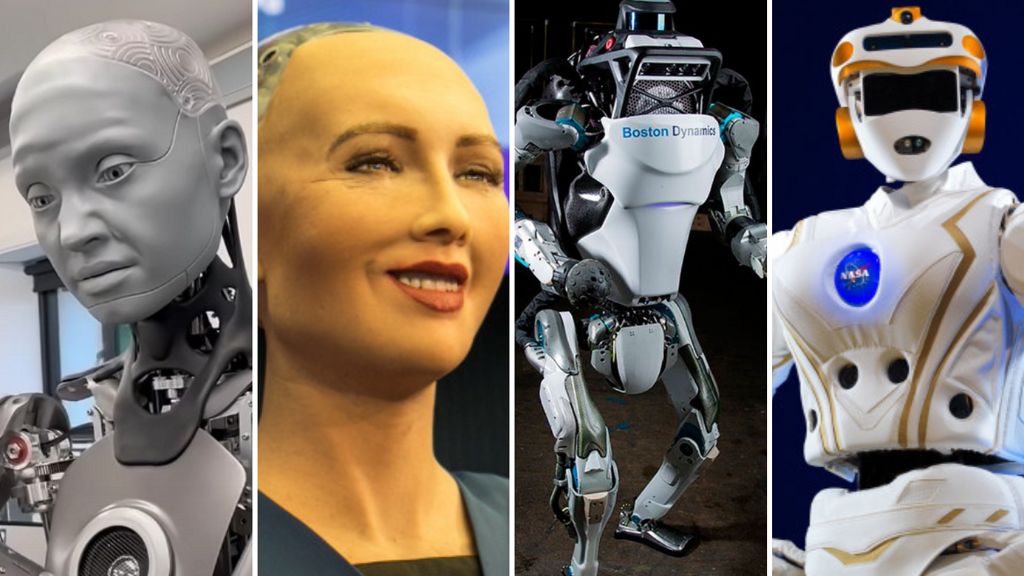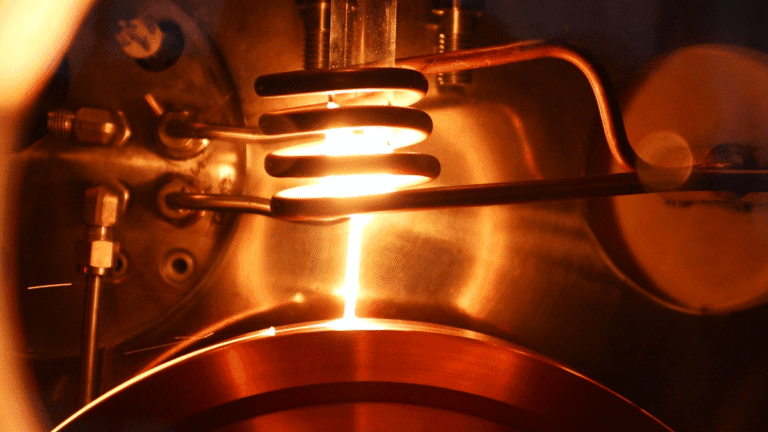
In recent years, the development of robotics has taken a distinctly human-like turn. From Sophia, the robot granted citizenship in Saudi Arabia, to more advanced models like Ameca, capable of displaying a wide array of human emotions, the trend towards humanoid robots is evident. But why are engineers and scientists so keen on making robots resemble humans? Here are several reasons that drive this fascination with human-like robotics:
1. Human Interaction and Acceptance
One of the primary reasons for designing robots that look like humans is to enhance interaction. Humanoid robots can leverage our innate social behaviors and cognitive frameworks. Humans are naturally inclined to interact with entities that mimic human traits. This anthropomorphism not only makes interaction more intuitive but also more comforting for users, reducing the discomfort associated with the uncanny valley effect, where robots that are almost but not quite human can evoke a sense of eeriness or discomfort.
2. Utility in Human Environments
The world around us is built for humans. Our homes, our tools, and our environments are designed with human ergonomics in mind. Robots that mimic human form can use the same infrastructure, tools, and spaces as we do. For instance, a humanoid robot can navigate stairs, use doors, and operate machinery designed for human hands, making them versatile in environments that are not robot-specific. This adaptability is crucial for robots intended for domestic use or in industries where human-like dexterity is required.
3. Research and Development
From a scientific standpoint, building robots that look like humans pushes the boundaries of robotics, artificial intelligence, and biomechanics. It’s an intricate challenge that involves understanding and replicating human motion, cognition, and even emotional responses. This research not only advances robotics but also our understanding of human physiology and psychology. For example, studying how robots mimic human gait can lead to insights applicable in prosthetics or rehabilitation technology.
4. Psychological and Emotional Engagement
Human-like robots can engage with humans on emotional levels, which is particularly beneficial in areas like healthcare, education, and customer service. Robots with human features can provide companionship, assist in therapy, or help children with autism improve their social skills through interaction that feels more natural and engaging due to the robot’s human-like appearance.
5. Media and Entertainment
The allure of robots in media has long favored those that look like humans. From movies like “The Terminator” to “I, Robot”, human-like robots capture our imagination, making them natural choices for entertainment purposes. This cultural fascination feeds back into development, where engineers might be inspired to create robots that not only function but also entertain, much like the animatronics in theme parks.
6. Public Perception and Marketing
In marketing and public relations, humanoid robots serve as excellent ambassadors for technology. They can demonstrate capabilities in a way that feels relatable and less threatening than more machine-like robots. Companies designing humanoid robots often find that these models attract more attention and investment, as they symbolize the pinnacle of current technological achievement.
7. The Uncanny Valley Debate
While the desire to avoid the uncanny valley effect drives some to perfect human likeness, others argue that this valley might be unavoidable or even beneficial in certain contexts. For some applications, a robot that is too human-like might indeed be unsettling, suggesting that there’s a fine line in robotic design where functionality must meet aesthetics without crossing into discomfort.
Conclusion
The push towards making robots look like humans is a multifaceted endeavor driven by practical, scientific, social, and cultural factors. While there’s debate on whether this is always the best approach for all applications, the trend reflects a broader human desire to see ourselves reflected in our creations, perhaps as a step towards understanding ourselves better or as a bridge between the living and the engineered. As technology evolves, so too will our relationship with these human-like machines, possibly redefining what it means to be human in an increasingly robotic world.



